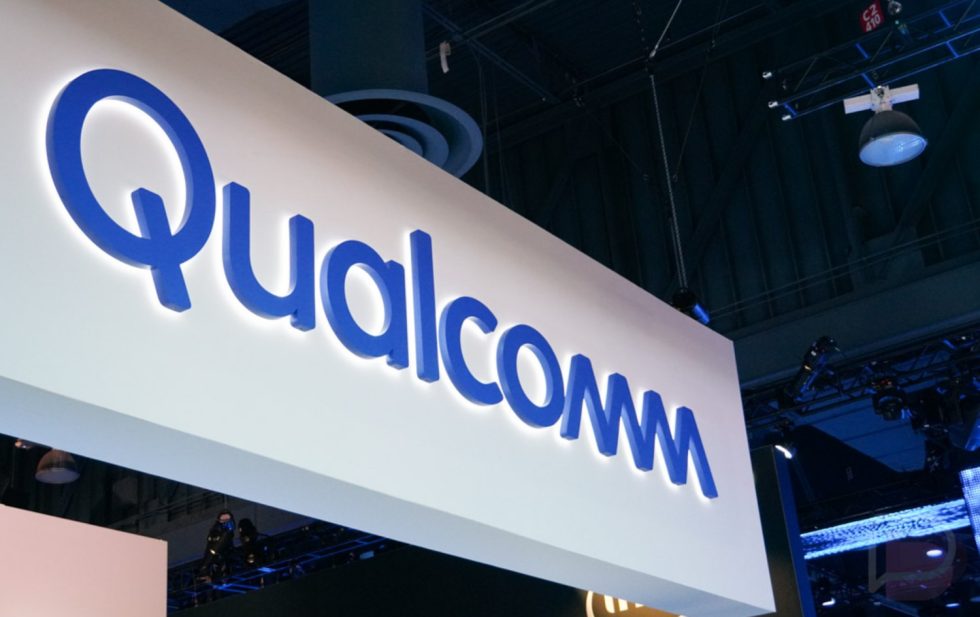With Apple recently introducing a satellite-based emergency communications system for the latest generation of iPhones, it was merely a matter of time before all other companies with a focus on mobile communications would work to deliver something similar to its users. At this year’s CES, Qualcomm has introduced Snapdragon Satellite, a satellite-based solution that supports two-way messaging for emergency use and SMS texting.
While Qualcomm specifically notes that Snapdragon Satellite can be used for both emergency and recreation applications should a user find themselves outside the normal realm of a cell network, the key here is certainly emergency use. With access to an actual orbiting satellite, users will have planetary pole-to-pole coverage whenever they may need it, which is ideal for back country adventurers, open ocean sailors, and a list of other hobbies/occupations that may take you to where no cell service may currently venture.
For a bit more information on the satellite constellation powering this, I’ll send you over to Iridium’s network page, the company that Qualcomm is in agreement with to make Snapdragon Satellite possible. The Iridium constellation is made up of 66 LEO (Low Earth Orbit) satellites, with Qualcomm’s solution for Snapdragon 8 Gen 2 chipset-powered smartphones utilizing Iridium’s weather-resilient L-band spectrum for uplink and downlink. What does that mean? It means your communications shouldn’t be affected even if you’re in some serious weather.
Qualcomm didn’t specify which future phones will offer Snapdragon Satellite, but considering the only requirement seems to be a Snapdragon 8 Gen 2 chipset, we’re likely to see a few supported devices launch here in 2023. OnePlus 11? Galaxy S23? All those seem like possible candidates. We’ll share as we learn more.
// Qualcomm

Collapse Show Comments1 Comment